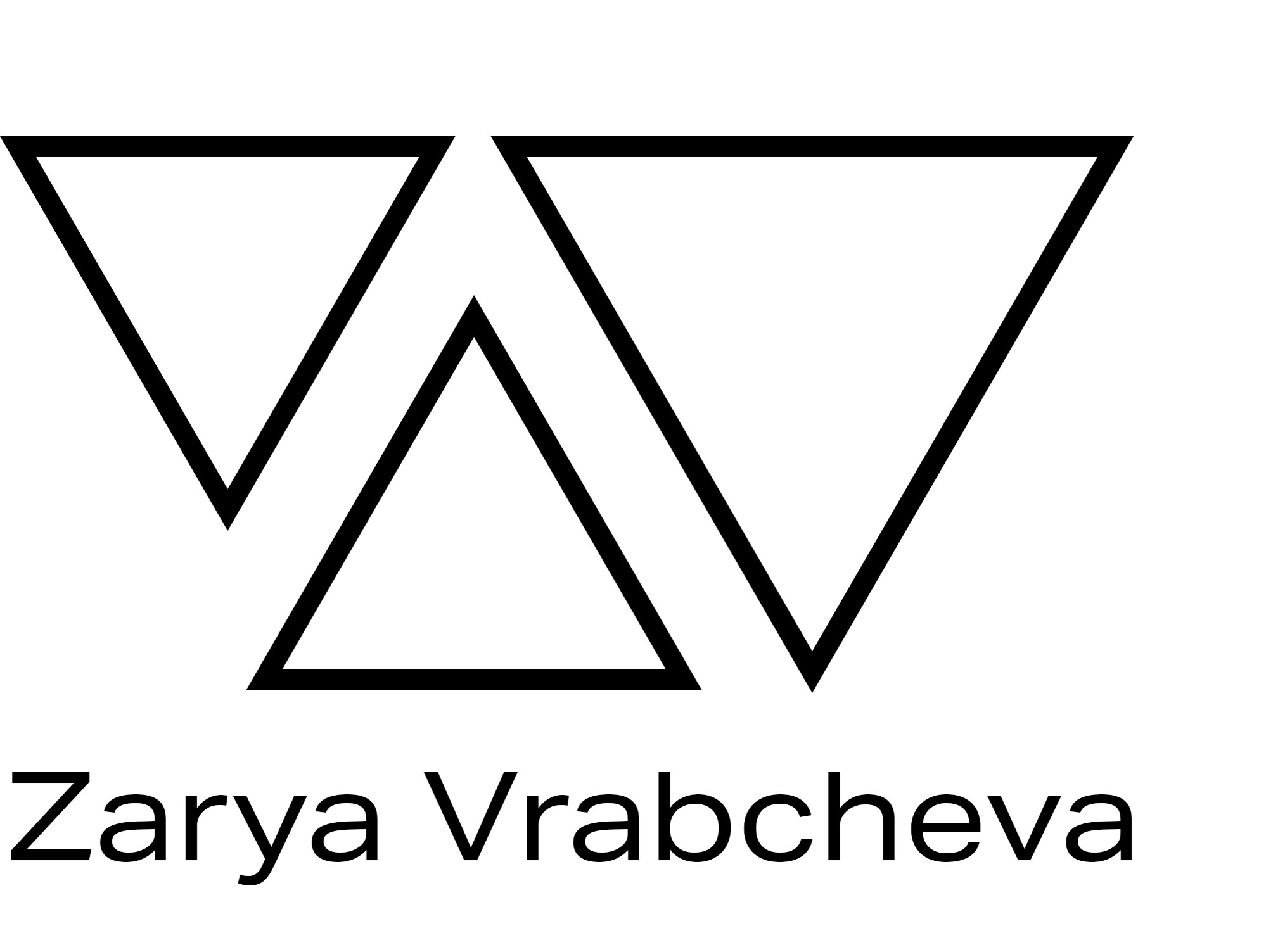Vertical Village
Re-imagining Circulation of London's Balfron Tower
empathy /ˈɛmpəθ /
n.
Ancient Greek ἐμπάθεια (empatheia), "physical affection, passion, partiality"
Contemporary English, the ability to understand and share the feelings of another
n.
Ancient Greek ἐμπάθεια (empatheia), "physical affection, passion, partiality"
Contemporary English, the ability to understand and share the feelings of another
Erno Goldfinger’s Balfron Tower was constructed in 1968, as a high-rise communal estate, proudly facing upwards to a hopeful and social future. Today in 2014, the tower, which seems rather abandoned than hosting a vivid community, is facing a new transition not solely in its interior architecture but even more so in its value and character as a social development. The aspiration for this project emerged from studying Erno Goldfinger’s theories on spatial emotion and human centred design. Looking at the determined, solid and cold high-rise I was continuously questioning myself whether his ideas were successfully translated into the designs or whether the idiosyncratic architect was never fully understood by his or further generations.
To prolong the community generating scheme Goldfinger has been aiming for, the concept for the circulation spaces of the tower was to adapt them to a more inhabitable zone rather than just a trespass and to blur the boundaries between the public and the private. Empathy is the ability to share the feelings of another and through softening the interior of the tower from the inside the intention is to bring neighbours closer to each other’s personal lives through reflecting poetically the movement of people in space.
The corridor invades gently into the interior of every flat, creating a small patio garden in which every family and occupant could grow their own plants or bring a sense of the their private lives through some small objects of everyday life. The partition has been constructed by small glass tubes that let light through in the apartment as well as release light out during the night and also people’s silhouettes from the inside-out, revealing their presence and movement behind the “border”. Bringing this even further is through casting the concrete of the façade with glass tubes punching through it, which will illuminate the interior during the day and after sunset bring the light inside-out through the same beautiful patterns. In this way, the corridor becomes a linking element of the whole building and encourages people who share walls to also share emotions and experiences together. It is a poetic journey with glimpses into people’s private lives which strives to blur the boundary between the private and the public, between the inside out and to preserve the sense of the individual by sharing it within the communal.

